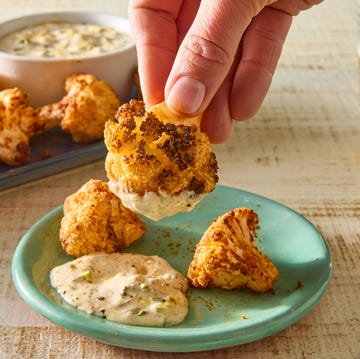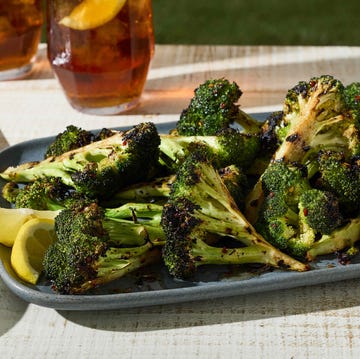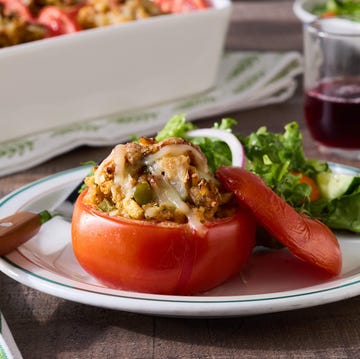Pumpkins may get all the credit as the favorite fruit of fall, but that doesn't mean butternut squash doesn't deserve its flowers, too! As far as fall flavors go, there's nothing like the nutty, sweet flavor and jammy texture of the winter squash, a versatile ingredient that works well in so many comforting autumnal recipes.
Looking to start soup season off with a bang? Creamy, roasted butternut squash soup is calling your name. Or maybe you want something a little heartier to induce a welcomed food coma in front of the fireplace. In that case, butternut squash lasagna and butternut squash risotto are begging for a spot on your plate for dinner.
With all the butternut squash recipes at hand, there's no better time to grab your gardening gloves and tend to a butternut squash crop of your own. But before you indulge in all the gourd-ness, you'll want to know when to harvest butternut squash. Ahead of the first frost, read on to find out everything you need to know about harvesting, curing, and storing butternut squash so you can commence your cozy cooking plans!
When Is Butternut Squash Ready to Harvest?
Butternut is a type of squash that takes about 110 days to mature. To start seeds indoors, plant them three weeks before the last frost in spring and grow in warm soil through the summer. Even if you don't have lots of space in your garden, this culinary vegetable can thrive in containers as well, which makes it accessible for any gardener.
As summer wanes and the days begin to cool, it's time to keep an eye on your squash. Generally, harvesting occurs in late summer to early fall, ideally before the first frost. To determine the right moment to pick your butternut squash, look for a deep, evenly tan color and a hard skin. The best time to harvest is when the stem begins to dry out and the squash has reached its full size, usually around 80 to 110 days after planting. Again, it's important to harvest the vegetable before the first frost, so if it happens to hit while the fruit is still unripe or green, it's better to harvest it early. Leave the unripe butternut squash in a bright, warm area, and it will continue to ripen off the vine.
How to Harvest Butternut Squash
Now that you've determined your squash is ready to harvest, it's time to roll up your sleeves and pull your garden shears out of storage. When harvesting butternut squash, it's important to clip the stem so that at least two inches remain. Without a stem, the squash will be more susceptible to rot and mold and won't store for as long.
How to Cure Butternut Squash
The hard part of harvesting may be over, but before you start cooking, you've got to get curing! In order to enhance that savory flavor and extend the its storage life, it's important to cure butternut squash properly. First, you'll need to gently wipe the squash with a damp cloth to remove any dirt or debris, making sure to be extra careful around the stem. Avoid washing with water, as excess moisture can lead to rot.
The next task on the list is curating the perfect curing location. Find a warm, dry area with good air circulation, ideally between 80 and 85 degrees. To avoid bruising or spreading any potential rot, place the squash in a single layer, ensuring they are not touching each other. Then, sit back, relax, and allow the squash to cure for about one to two weeks. During this time, the skin will toughen and the flavor will get richer. For the most part, you can leave your squash alone while it's curing, but make sure to periodically inspect the squash for any soft spots or signs of rot.
How to Store Butternut Squash
Once cured, store the butternut squash in a cool, dark, and well-ventilated area. Ideal storage conditions are around 50 to 55 degrees, which will help them last for several months.
By following these steps, you'll ensure that your butternut squash is perfectly cured, ready to be enjoyed in your favorite dishes!

Nitya Rao is the editorial assistant at The Pioneer Woman, covering stories ranging from food, fashion, beauty, lifestyle, news, and more.














